Kagan Australia Philosophy
Kagan is Structures for Success!
Take a look at this picture of a traditional classroom: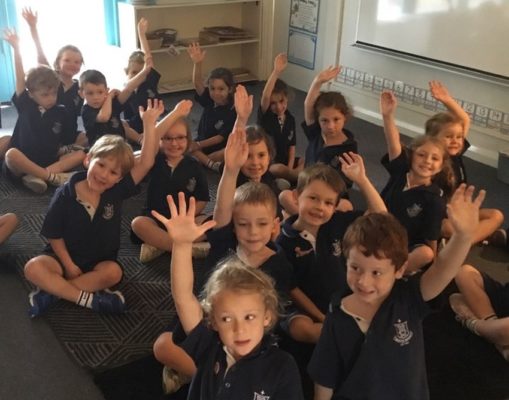 • The teacher has asked a question.
• The teacher has asked a question.
• Take a look at the student’s expressions.
• They all look keen, desperate to have their say.
Now imagine how they feel when the teacher picks just one of them to answer the question? FRUSTRATED? UPSET? ANNOYED?
The students are disappointed not to be picked. Secretly they may wish the chosen student to fail in order that they may get their chance to shine, they want the student chosen to answer to get the question wrong so that they have their chance at answering. They are happy if another student fails.
Is this the climate we wish to create in our classrooms?
How disappointing for the eager students who want to answer the teachers question and are not the ‘chosen one’ and what a relief for some students who want to hide and do not want to answer questions, they are ‘off the hook’.
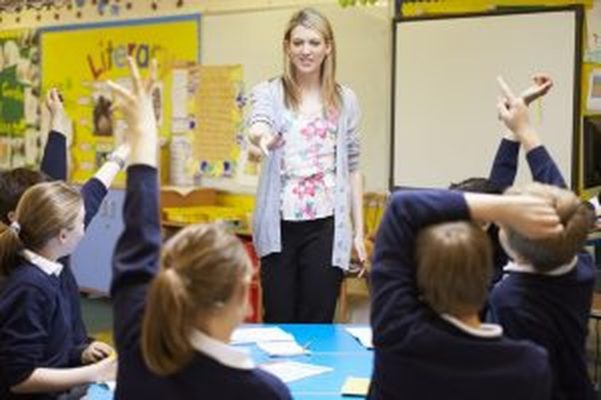 This ‘Whole-Class’ 1-at-a-time structure leads to unequal participation. What about the ‘free-riders’ who never put up their hands to join in?
This ‘Whole-Class’ 1-at-a-time structure leads to unequal participation. What about the ‘free-riders’ who never put up their hands to join in?
With Co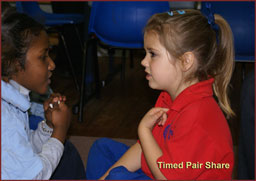 operative Learning Structures the students know they are ‘on the hook’ for their own learning and contribution. In the same amount of time two or three students have been called on to share in a Traditional Whole-Class Question Answer structure, each and every student in a Cooperative Learning class could have shared several answers using the structure Time Pair Share, every student having been called on to think and then verbalise their ideas means that engagement and retention are far greater as well as leaving less time for disruption or boredom. In a traditional classroom, students are actually happy when they see another child fail. Is it any wonder why some students never put their hand up when the odds of being picked are stacked against them Group’ work just recreates the inequalities of ‘whole-class’ teaching.
operative Learning Structures the students know they are ‘on the hook’ for their own learning and contribution. In the same amount of time two or three students have been called on to share in a Traditional Whole-Class Question Answer structure, each and every student in a Cooperative Learning class could have shared several answers using the structure Time Pair Share, every student having been called on to think and then verbalise their ideas means that engagement and retention are far greater as well as leaving less time for disruption or boredom. In a traditional classroom, students are actually happy when they see another child fail. Is it any wonder why some students never put their hand up when the odds of being picked are stacked against them Group’ work just recreates the inequalities of ‘whole-class’ teaching.
THERE IS ANOTHER WAY!
Kagan Cooperative Learning Structures for Active Engagement
Cooperative learning is one of the most extensively researched educational innovations of all time. There are approximately one thousand research studies which document its effectiveness and show that Cooperative Learning produces gains across all content areas, all grade levels, and amongst all types of students including special needs, high achieving, gifted, urban, rural, and all ethnic and racial groups.
Among the most strongly supported findings:
Cooperative learning improves:
-
- Academic achievement among students, especially for low achieving students.
- Race relations among students, including frequency of cross-race friendship choices.
- Social skills and relations, including empathy, diversity skills, leadership skills, caring, sharing, helping, and feeling cared about.
- Self-esteem among students, including intellectual/academic self-esteem, and peer self-esteem.
- Class climate, including liking for class, content, and teachers.
- Higher-level thinking, including questioning and synthesising diverse viewpoints and data.
In their recent book, Classroom Instruction that Works , Robert Marzano, Debra Pickering, and Jane Pollock (2001) advocate Cooperative Learning as one of the most proven approaches to increasing achievement.
Structures for Success
Because the Kagan approach is based on simple, easy-to-learn, easy-to-use structures, it is having a profound impact on teachers and students worldwide. Let’s take an example: RallyCoach, one of over 200 Kagan structures.
 Situation 1: Solo Work
Situation 1: Solo Work
A teacher tells students, “Here is a worksheet with twenty problems on it. Work alone and turn it in when you are finished.”
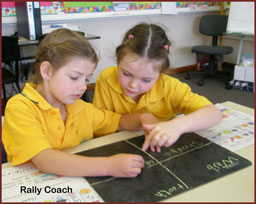 Situation 2: RallyCoach
Situation 2: RallyCoach
A teacher tells students, “Here is a worksheet with twenty problems on it. Use RallyCoach with your partner and turn it in when you are both sure all the answers are correct.”
In Situation 1 students are bored, working alone, possibly failing to catch all their errors. In Situation 2 students become fully engaged, alternating doing the problems, talking through, checking, and discussing them as they go. Later, individual test scores go up as well as retention, social skills, caring for others, and liking for content and school.
Breaking the Replacement Cycle
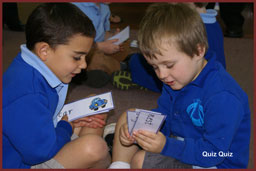 One wonderful thing about the simple Kagan Structures is that they break the education replacement cycle. Complex innovations have a half-life. If we learn a complex new way of teaching, in time it will be set aside in favour of next year’s new complex approach. Why?
One wonderful thing about the simple Kagan Structures is that they break the education replacement cycle. Complex innovations have a half-life. If we learn a complex new way of teaching, in time it will be set aside in favour of next year’s new complex approach. Why?
Because no teacher can manage two different complex approaches at once. But with the simple Kagan structures, we break this replacement cycle. The Kagan approach is an integrated approach because the simple Kagan structures can be integrated with any new content or instruction.
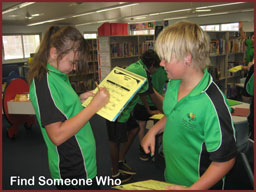 The Kagan structures are a whole new way to approach educational innovation. They allow integration of cooperative learning, multiple intelligences, character development, and emotional intelligence, as part of every lesson!
The Kagan structures are a whole new way to approach educational innovation. They allow integration of cooperative learning, multiple intelligences, character development, and emotional intelligence, as part of every lesson!
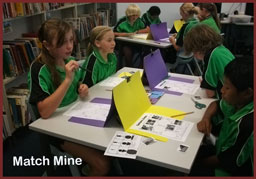 Rather than teaching multiple intelligences lessons this year, cooperative learning lessons next year, and character development lessons the following year, with the Kagan approach you make cooperative learning, character development, and multiple intelligences part of every lesson! The Kagan structures you learn will never be replaced.
Rather than teaching multiple intelligences lessons this year, cooperative learning lessons next year, and character development lessons the following year, with the Kagan approach you make cooperative learning, character development, and multiple intelligences part of every lesson! The Kagan structures you learn will never be replaced.
